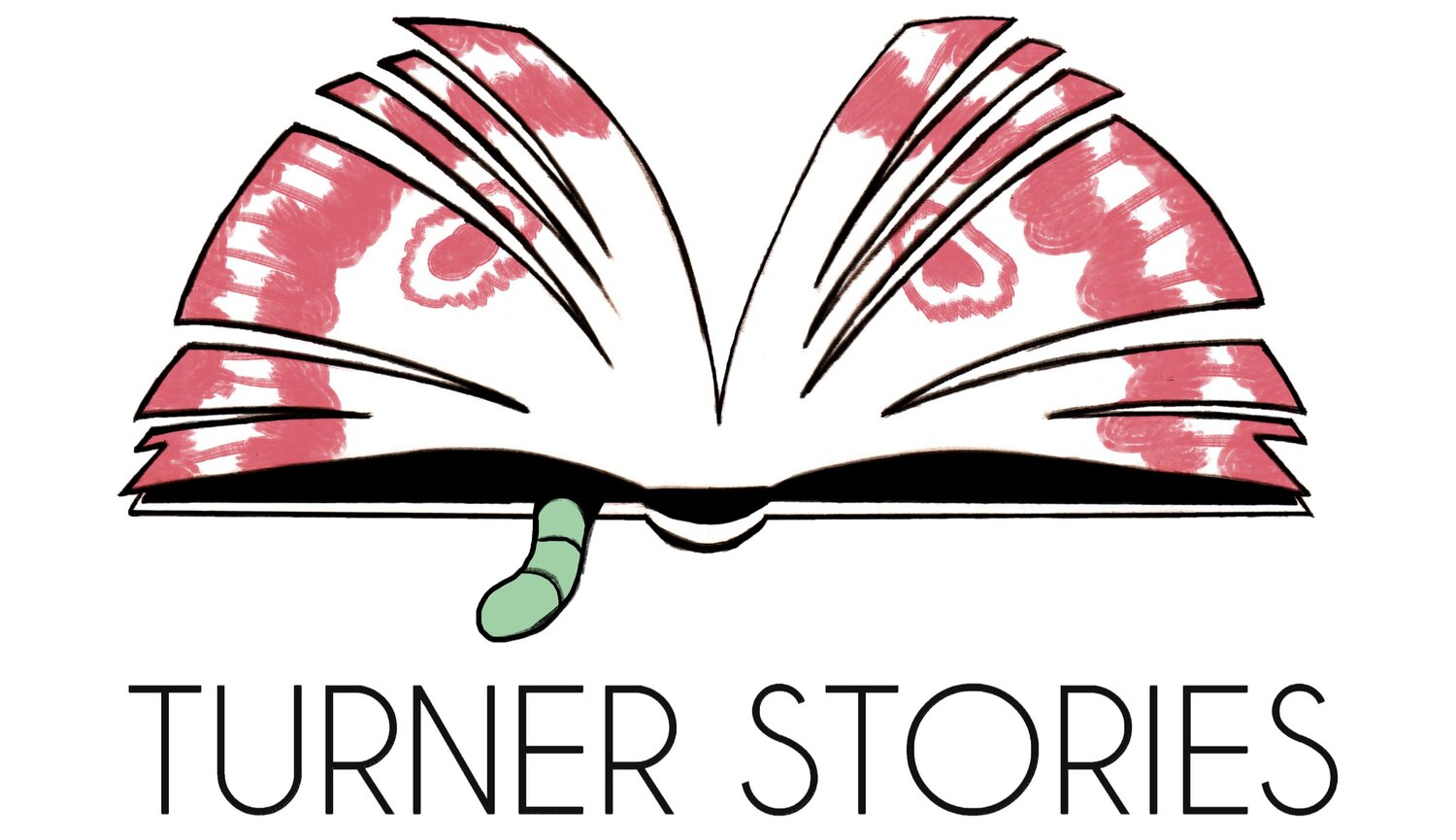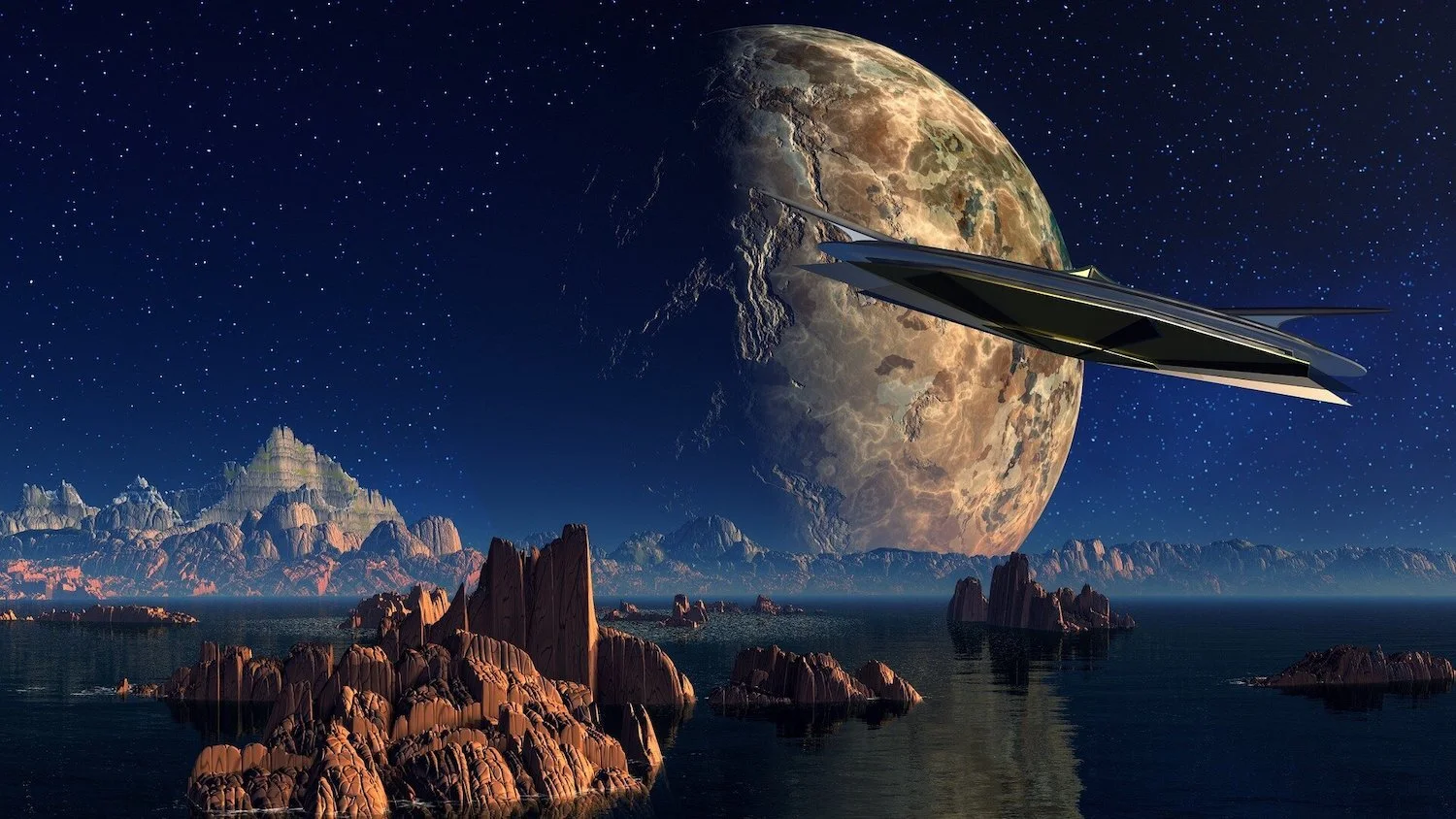How to Write a Science Fiction Story
Use proper structure, sensible tropes, and explore potential consequences
Image by Reimund Bertrams from Pixabay
“Individual science fiction stories may seem as trivial as ever to the blinder critics and philosophers of today, but the core of science fiction - its essence - has become crucial to our salvation, if we are to be saved at all.” – Isaac Asimov
What makes a good science fiction story? I love science fiction because it’s a beautiful way to hold up a mirror to the reader, dealing with futuristic concepts, ideas, speculations, space travel, time travel, and more. All these concepts can be used to touch upon a specific issue, whether that’s something in society, future developments, human nature, etc. Looking at this enumeration of sci-fi elements, it becomes ever more clear that sci-fi is considered the literature of ideas.
What do you like about science fiction? What are your favorite science fiction stories?
War of the Worlds, The Hitchhikers Guide to the Galaxy, Asimov’s Foundation Series, 1984, Brave New World, Ready Player One, Black Mirror, Star Wars. These are some of my favorites, although people disagree on the latter being pure science fiction. People make distinctions between hard sci-fi and soft sci-fi.
Star Wars might lean towards fantasy. Which begs another question: what’s the difference between science fiction and fantasy?
Most of my short stories belong to either genre.
“Fiction about science” actually covers a lot because sci-fi stories deal with science and technology, often set in the future. The relationship with science – in any form – is important, it should be somewhat believable. As arbitrary as that sounds. It’s imperative that the ideas presented can be explained scientifically. If not, the story might be considered fantasy, where ideas are explained by the supernatural or magic.
Every genre has different needs, approaches, ideas, and tropes. So what mix can help you write a good science fiction story?
Sci-fi story tropes
A trope describes certain common recurring language, tactics, images, motives, or even clichés of a particular genre.
Finding out what tropes are common for the genre you like to write in can be very handy. It helps you form a story readers recognize and love. However, I would urge you to be careful and provide your own unique take on them and avoid a string of clichés.
The following are typical examples of science fiction tropes:
Space exploration
Advanced tech shows a glimpse of a future
The fate of the world is in the balance
Aliens invade Earth
Evil empires battle it out in the galaxy
I could go on and on and I bet you know a couple more too.
These tropes can be found in dozens of sci-fi stories. It is your job to come up with some inventive new tale. A different take on what’s already written.
Exploring ‘what would happen if’ situations
"A handy short definition of almost all science fiction might read: realistic speculation about possible future events, based solidly on adequate knowledge of the real world, past and present, and on a thorough understanding of the nature and significance of the scientific method.” – Robert A. Heinlein
For 1984, George Orwell was inspired by the rise to power of dictators such as Adolf Hitler and Joseph Stalin. These dictators and their totalitarian politics fueled Orwell’s hatred. He used the course of history to explore what could happen to the world if this would have gone even further. The result is a chilling tale that still haunts society today. A story that’s already proven to become a reality in some forms.
Like Heinlein says in the quote, as a science fiction writer, you have the power to build upon existing knowledge and create what I call ‘what would happen if’ situations. I did that once with a short story called ‘The Sapien Zoo’ where people are connected to AI and have become a new and advanced species, only to lose touch with their humanity.
This type of science fiction writing is often known as speculative fiction. It provides a way of dealing with possibilities that are inherent in our society right now but are not yet fully enacted.
Base your story on (scientific) research and present your reader with a tale that makes them think about their future. As a writer, you have the power to hold up a mirror that spurs readers into action only to prevent future worlds they would not like to inhabit.
Pose a hypothesis and take the reader by the hand. Surprise them, sting them, activate them, scare them even. Charlie Brooker, writer of the Black Mirror series does this brilliantly.
The structure of a good story
Any story needs a good structure for readers to be able to enjoy it. No matter the genre. The most obvious form of structure for any story is the three-act-structure. You can never fail writing a story using this form. 90% of the time I follow this structure. There are some additions or alternatives you can explore, I wrote about that before.
The three acts consist of:
Act 1: The introduction. Here you establish your story setting and tone and introduce the reader to your cast of characters. Most often, stories start with an “inciting incident”. This is where you both introduce your lead character and put them in a situation that pulls them out of their comfort zone.
Act 2: The confrontation. If you plot your story well, the middle part shouldn’t be too difficult. Here you explore your character’s motivations, flaws, and growth. They’ll face trials that’ll prepare them for the conclusion of the story. Often things get worse and they have to find solutions.
Act 3: The conclusion. What actions are your characters taking to tip the balance? What are they doing? What have they learned? Here you have to reap what you’ve sowed in the introduction.
As I mentioned, plotting your story makes the writing process easier. When you plot, the structure follows. And if not, you can re-examine your plot based on the above story structure.
Some writers, prefer to pants and write as they go, seeing where their story leads. If that’s your thing, go for it. You can always go back later and refine the story based on the above-mentioned structure. Although most pantsers have an innate sense for this.
Conclusion
In order to write your science fiction story, it makes sense to study the genre. Take in some sci-fi tropes and create ‘what would happen if’ scenarios.
Root your story in history and science, but let your imagination lead with new ideas to present to your readers. Invite them to think about their place in the world and the direction we’re heading together.
Use classic story structures to plot your story and create a logical sequence of events. Then, write!
Click here if you’re interested in what it takes to write a good fantasy story.


